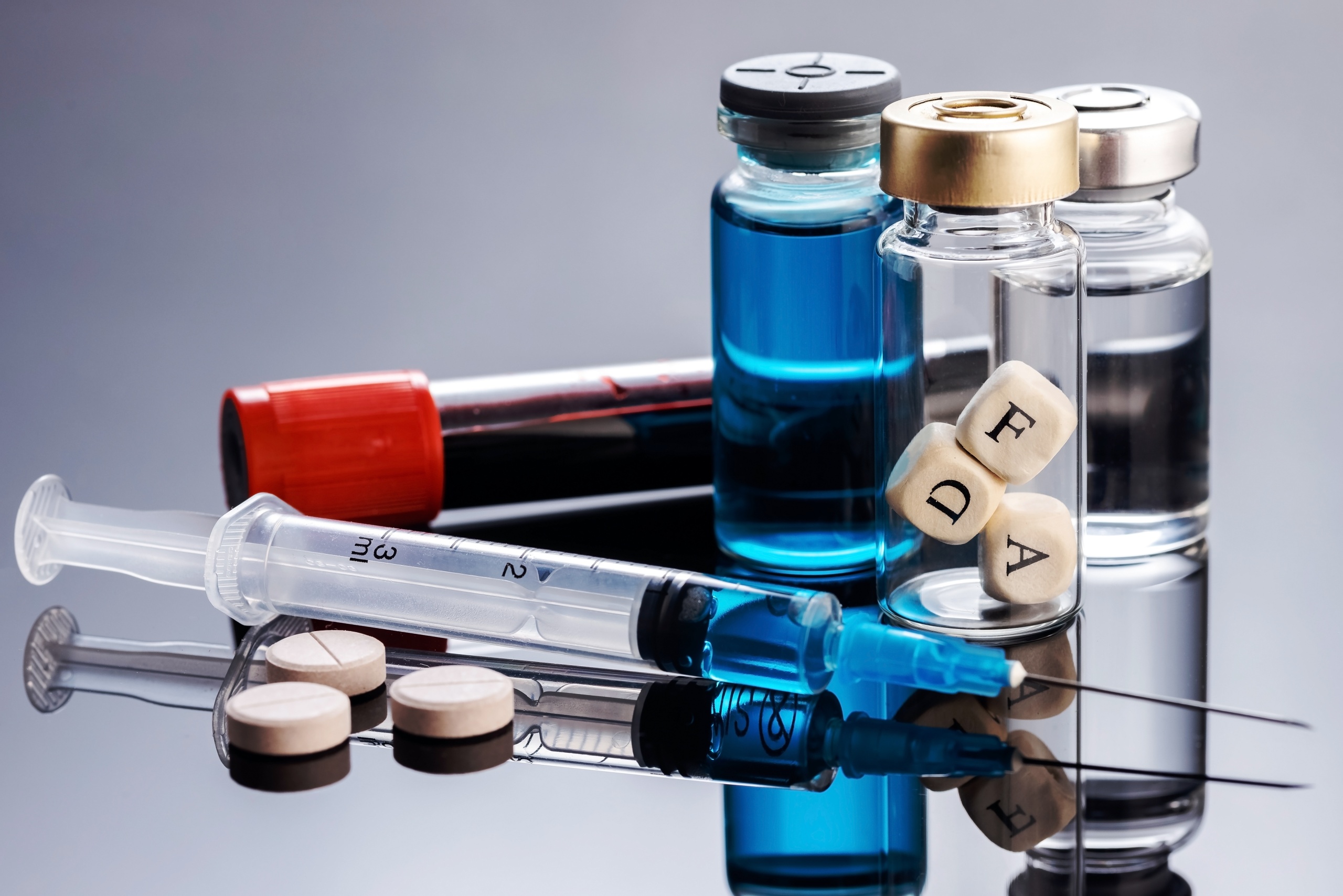The pathway to securing FDA approval for a new drug is a testament to the blend of scientific rigor, innovation, and regulatory compliance that defines the pharmaceutical industry. This intricate process begins with the discovery of compounds that exhibit potential therapeutic value, followed by years of meticulous research, development, and testing. The stakes are high, with millions of dollars and countless hours invested in the quest to bring a new medication to market. This journey is not just about achieving commercial success; it’s about offering hope and improved health outcomes to patients worldwide. For those in in-home care, the approval of new drugs can significantly enhance the quality of treatment available, making the stakes even more personal and impactful.
The initial stages of drug development are characterized by preclinical testing, where the safety and efficacy of thousands of compounds are evaluated in laboratory settings. This phase is crucial for identifying promising candidates that may proceed to clinical trials. Only a select few compounds make it through this rigorous screening process to the Investigational New Drug (IND) application stage, marking the transition from laboratory research to human testing. This early phase sets the tone for the entire drug development journey, emphasizing the importance of thoroughness and precision in laying the groundwork for clinical trials.
The Initial Stages: Discovery and Preclinical Testing
The path to FDA approval begins with the synthesis and purification of a drug, a process perfected over the first six to seven years of preclinical testing. This phase involves limited animal testing to evaluate the safety and efficacy of thousands of compounds, with only a select few showing enough promise to proceed. The successful compounds move forward with an Investigational New Drug (IND) application to the FDA. Approval of the IND allows the manufacturer to embark on the clinical development phase, a critical step in determining whether the drug is safe and effective for human use.
Clinical Trials: The Heart of Drug Development
Clinical trials are divided into three phases, each serving a distinct purpose in the drug development process. Phase I trials focus on assessing the drug’s safety in healthy volunteers, lasting one to two years. Phase II involves efficacy trials with the drug given to a small population of patients to evaluate its therapeutic effect. Successful completion of Phase II leads to discussions with FDA officials about the development process and further human testing. Phase III, often the most extensive and costly phase, aims to gather comprehensive data on the drug’s effectiveness and adverse effects in a larger patient population.
From IND to NDA: The Regulatory Pathway
Throughout the three phases of clinical trials, manufacturers can benefit from accelerated development and review processes. Upon completing Phase III, the next step is to file a New Drug Application (NDA) with the FDA. The NDA review process, which can take up to two years, involves collaboration between the FDA and advisory committees comprising experts who provide insights on drug safety, labeling, and effectiveness. This stage is crucial, as it brings the drug one step closer to market approval and availability to patients, including those receiving in-home care.
The Impact on In-Home Care
The approval of new drugs has a direct impact on the quality of in-home care, offering patients access to the latest treatments without the need to visit healthcare facilities. For individuals managing chronic conditions or recovering from procedures at home, FDA-approved drugs can significantly enhance treatment outcomes and quality of life. The rigorous testing and approval process ensures that these medications are safe and effective, providing peace of mind to patients and caregivers alike.
The Evolving Landscape of Drug Approval
The FDA’s regulatory requirements have evolved over time, reflecting the agency’s commitment to ensuring the safety and efficacy of new medications. The journey from preclinical testing to market approval is fraught with challenges, including the need to demonstrate the drug’s therapeutic value through extensive human testing. Post-market surveillance continues even after approval, ensuring ongoing monitoring of the drug’s performance in the broader population.




